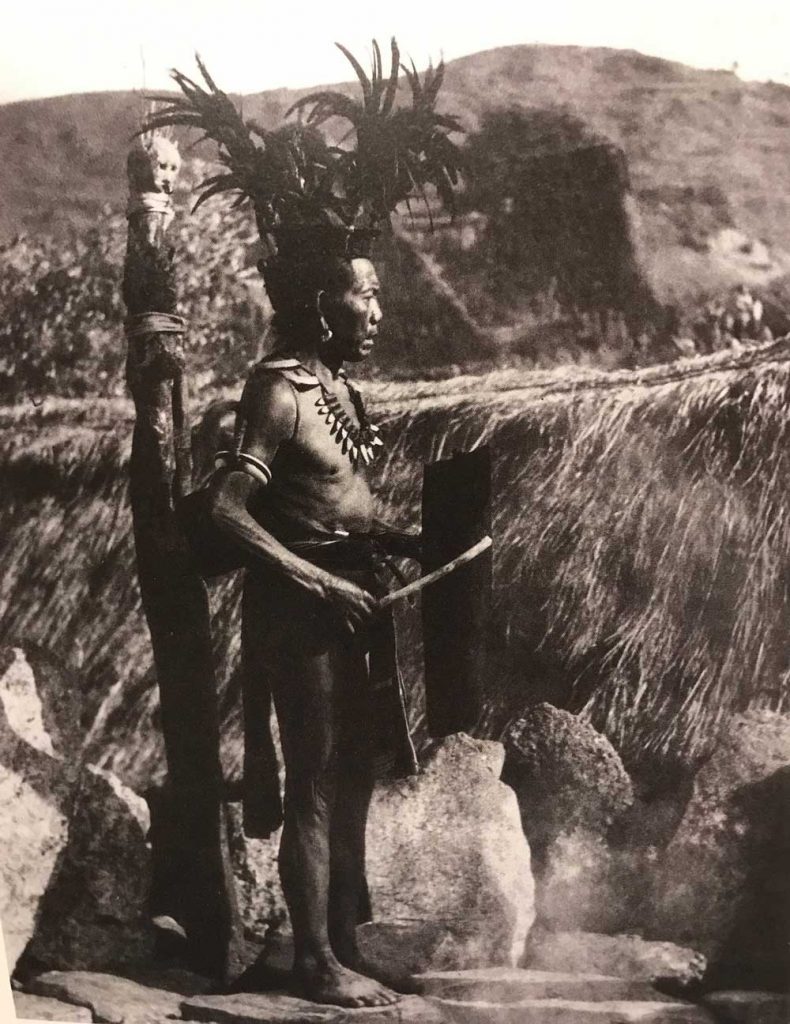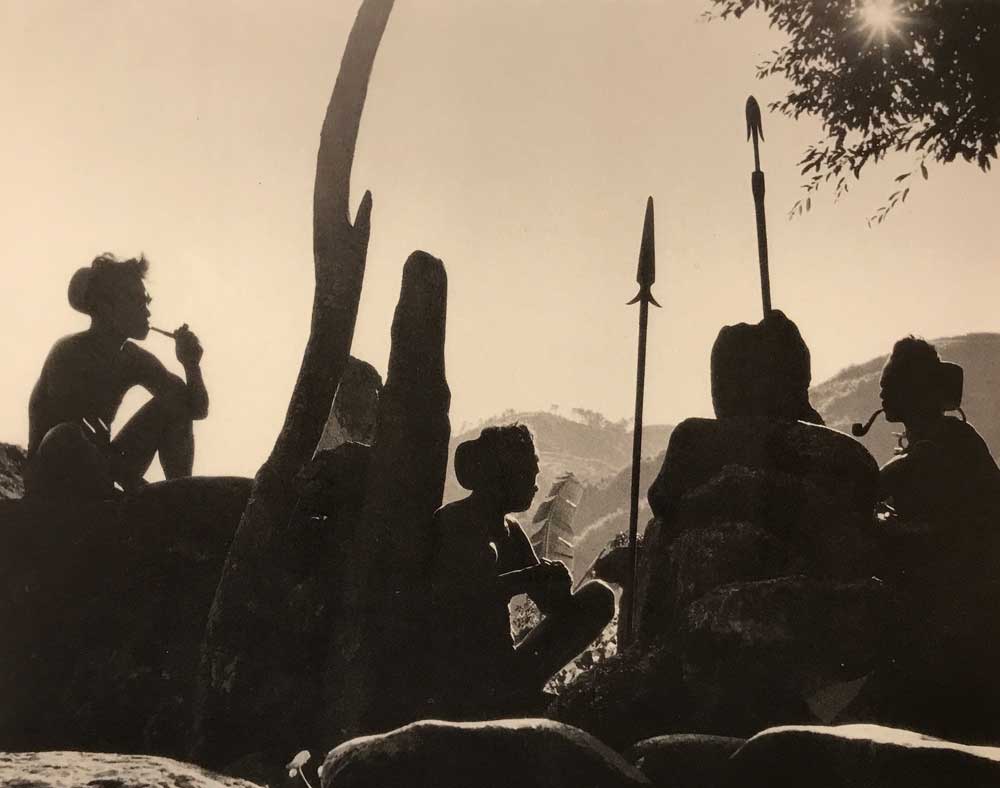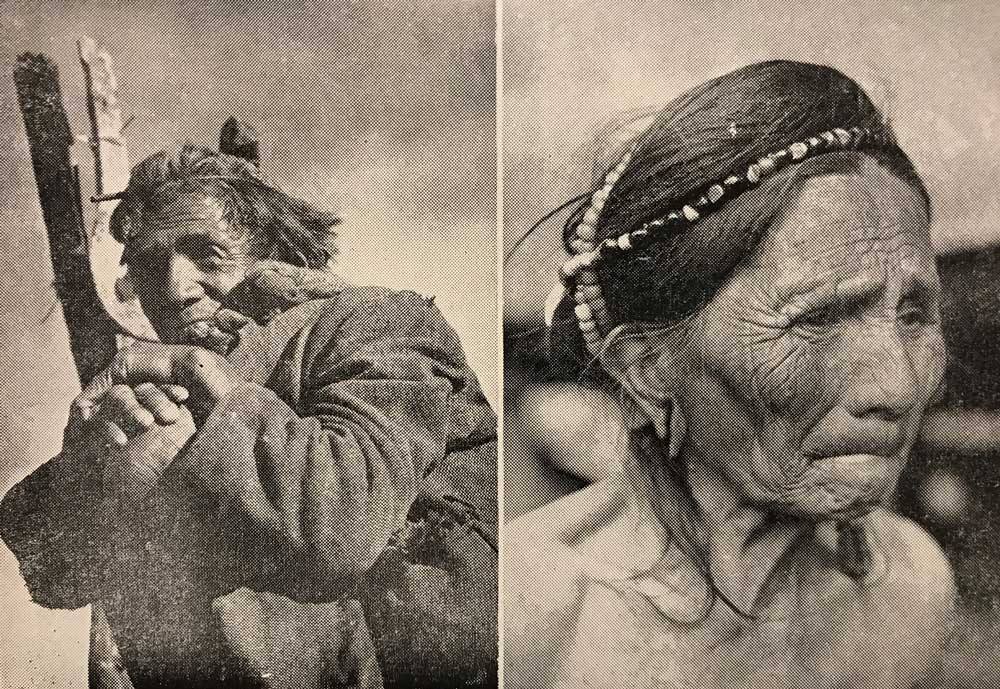The pechen is a ritualized oral contract between two villages with the purpose of establishing peaceful relations. It is a contract held in safekeeping by a particular ato/ator of each village. An ato/ator, is a place in the community where the elders meet and all decisions for the village are made. Some of those decisions include contracts made between two tribes or villages. Such contracts have existed for many generations.
In the past years, tribal wars among the Igorot tribes went on for many days, weeks, months and even years, Many lives were lost and members of warring tribes lived in fear of one another. The Bontoc Igorot eventually sued for peace with his long time enemy, the Tucucan. The elders say that the first pechen (peace pact) was made on earth by the elders of Ato Lawakan between the men with the names of Cuehog, Fonang, Witawit and Oloan and this was long before foreigners set foot on Igorot soil. And for the first time, a voice was heard from the top of Mount Pokis to the hills of Samoki the words that brought peace at last:
Sino kay impapatay
sino kay impapatay
anak si lfuntok ya anak si Samoki
nay kab-en me nan, pechen ta kumawis nan fuknag
isnan Samiyew, lengsad, sangaan ya sachag.
meaning:
You who is a killer
you who is a killer
be the son of Bontoc or son of a Samoki
we are making the pact that
work in the fields in the east, north, south and west
will be safe again.

PHOTO: Eduardo Masferre
The origin of the pechen is said to have come from a pact made between the Bontok deity of warriors (Chacha’) and the deity of blacksmithing (Ked-yem).

PHOTO: Eduardo Masferre
Chacha’ and Ked-yem
This is the story of the two men who set the law and strength of the al-lawig, keeping one’s word in the pechen. The enemy tribe who comes to make a pact with another tribe is protected by it, that whatever they eat or drink or smoke with the tribe with whom they have the pechen would fear no death.
Long, long ago, there were two gods by the name of Chacha’ and Ked-yem. One was a warrior and the other a blacksmith. They were very good neighbors.
One day, Chacha’ asked his wife the whereabouts of his two sons. His wife answered that she saw them go up the place of Ked-yem, the blacksmith. Taking a torch, the father went to the house of Ked-yem and asked for his sons. The blacksmith without looking up from his work just answered they were in his house, only that he had cut off their heads as they came everyday to destroy his work. He pointed to the tap-an where he placed the bodies and to the kapan where he placed the heads.
Chacha’ quietly took the heads and connected them with the bodies and both sons lived again. Then before leaving he told his friend the blacksmith that on the following day they will fight this matter out in the mountain. So the following day, Chacha’ and Ked-yem met with their weapons and started fighting. In their strength they pulled out all the trees and plants around them in the forest till nothing was left to hurl at each other. When night came, not one was vanquished.
So Chacha’ said that the fight would continue the following morning in the river. And so the two giants fought it out in the river turning and using all the stones, yet not one of them was hurt or fell. When night came and it was time to go home, the warrior suggested to the blacksmith that they be friends again and have the pechen.
When they looked back where they had fought, they found that kawa (spider) had fenced the river and so they went home. Then Chacha’ said to Ked-yem, “From now on when I eat my rice you shall eat of it and feel safe and when I smoke my pipe, you shall smoke of it and have no fear that it will bring you ill health.” And so, they inchur-is (bequeathed) the pacts of the gods to the earthlings on earth.
The Pechen in Modern Bontok Society
There are two general kinds of peace pacts or pechen, the Inator Pechen (ato-based) and the Inafung Pechen (household-based). The Inator Pechen is the peace pact which is held in an ato while the Inafung Pechen is conducted in the house of a peace pact holder.
In the Inator Pechen, all members of the ato share expenses. The cost is considerable on the household holder and his family for the Inafung Pechen. An easy consensus is arrived at than that of the inator pechen. It is the preferred kind for the sharing of both responsibility and privilege by a larger number of peace pact holding elders.
On the other hand, those of the inafung pechen undeniably reflect the prestige and relative wealth of the peace pact holding household. The resilience of the ato as a major socio-political institution in the Bontoc culture determines the resilience of the inator pechen more than the availability of households willing to hold and administer inafung pechen. The peace pact of either or both however is held for the entire village or community.
Penalties for offenses or commission of a crime by a tribe member are not absolute and universal. Mr. Luis Chinalpan, an elder of Barangay Samoki, said that penalties for offenses depend on what is written or verbally agreed during the Peace Pact.

SOURCES: Cawed, Carmencita. The Culture of the Bontoc Igorot. Manila: MCS Enterprises. 1972
Anima, Nid. The Headhunting Tribes of the Philippines. Quezon City: Cultural Foundation for Asia. 1985
PECHEN; ITS ROLE IN CONFLICT RESOLUTION, Posted on May 20, 2016 by agshanonline
Jordan Clark is a Canadian born descendant of Scottish immigrants living on the homelands of the Lekwungen speaking peoples. His interest in Philippine myth and folklore began in 2004. Finding it difficult to track down resources on the topic, he founded The Aswang Project in 2006. Shortly after, he embarked on a 5 year journey, along with producing partner Cheryl Anne del Rosario, to make the 2011 feature length documentary THE ASWANG PHENOMENON – an exploration of the aswang myth and its effects on Philippine society. In 2015 he directed “The Creatures of Philippine Mythology” web-series, which features 3 folkloric beings from the Philippines – the TIKBALANG, KAPRE and BAKUNAWA. Episodes are available to watch on YouTube. Jordan recently oversaw the editing for the English language release of Ferdinand Blumentritt’s DICCIONARIO MITOLÓGICO DE FILIPINAS (Dictionary of Philippine Mythology) and is working on two more releases with fellow creators scheduled for release later this year. When his nose isn’t in a book, he spends time with his amazing Filipina wife of 20 years and their smart and wonderful teenaged daughter.


